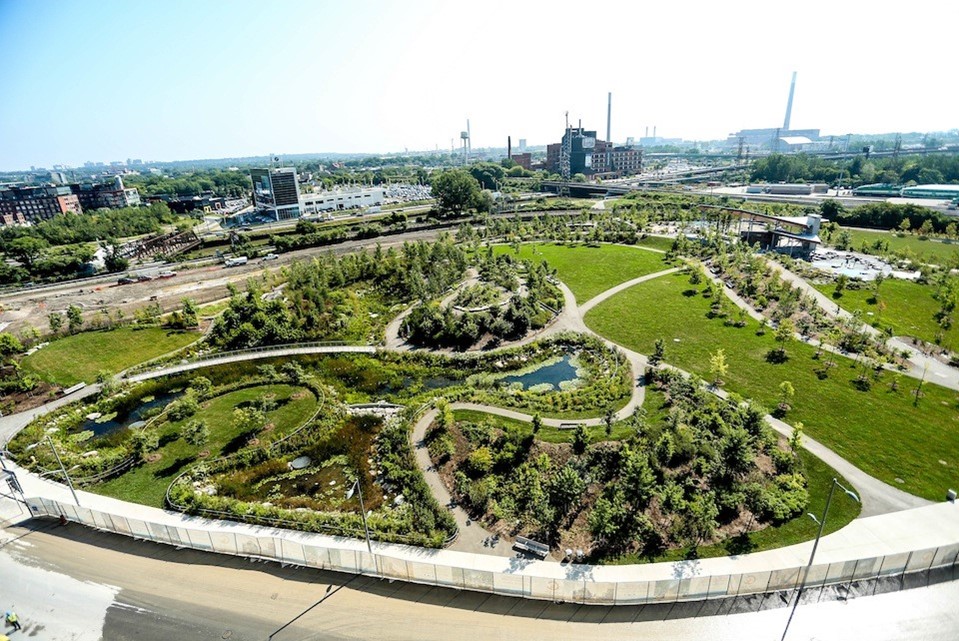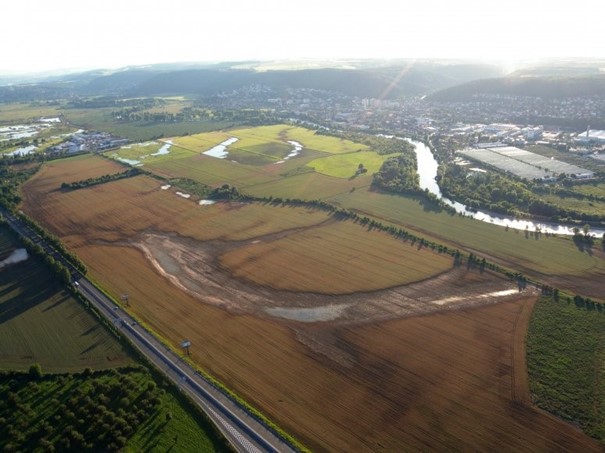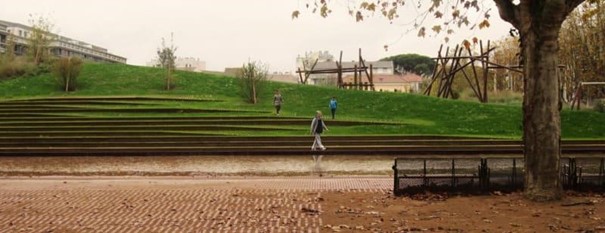Passive building design strategies: building orientation, passive heating and cooling
Passive building design means providing passive heating, passive cooling, and natural ventilation to maintain comfortable indoor conditions with no need for energy, by taking advantage of location (climate), orientation, massing, shading, material selection, thermal mass, insulation, internal layout and the positioning of openings to allow the penetration of solar radiation, daylight, and ventilation in the desired amounts [1–8]. When duly applied, passive design strategies are a designer’s first opportunity to increase a building’s energy efficiency, without adding much less front-end cost to a project as compared to active design strategies. Efficient passive design results in smaller heating and cooling loads (so that the building’s mechanical system – if any – can be downsized) and smaller electric loads for lighting through the use of daylighting design strategies.
Beyond local climate, building orientation is a key aspect for passive design. The most energy-efficient designs are facing south or north to allow better solar energy management and better quality of daylighting. Building shape is also very relevant in the design, as an elongated and narrow plant (with south or north facing façade) allows for more of the building to be receive daylight. Shading strategies properly combined with other passive design strategies are also required, especially in hot climates [9,10]. Since the main difficulty in designing natural ventilation systems driven by buoyancy and wind is the simultaneous estimation of ventilation airflows and indoor temperatures, solar chimneys are used [11,12]. A solar chimney is a vertical shaft utilizing solar energy to enhance natural ventilation.
Passive heating can be achieved by capturing the heat from the sun inside the building. Tweaking the window-to-wall ratio and the building exposure to the sun, all the while controlling for the thermal mass, heat flows and insulation allows to effectively store, distribute and retain the heat. The thermal mass defines the capacity to absorb, store and release heat. Heavyweight construction materials like concrete, brick and stone exhibit large thermal mass that can be used to effectively store the heat over peak hours and release it overnight.

Passive building design. Figure from
Passive cooling is a set of design strategies to reduce heat gains and favour heat dispersion. Many methods exist and include using solar shadings as well as designing openings in such a way to allow good ventilation (such as solar chimneys). Shading can either be operable (external louvres, blinds, and deciduous trees) or fixed (e.g. eaves, overhangs, fences and evergreen trees).
 '
'
Shading devices for north-facing openings.
Figure from https://www.yourhome.gov.au/passive-design
Passive design strategies are rated in different standards, such as PassivHaus (Passive House), BREEAM, LEED or WELL.
The literature shows that today there are many net-zero, nearly-zero energy, and certified Passive House buildings worldwide, in different climate or geographic regions. Most are in Europe and North America, followed by New Zealand, Kore, Japan, China, and India [1]. Literature also shows that is it possible to achieve at least the Passive House energy standard of performance in all climate zones [13].
MATURITY:
Although individual passive techniques are already commercial, their holistic implementation in buildings is still at TRL=4-6.







Comments ()